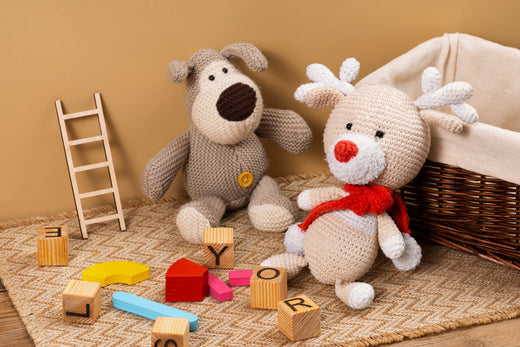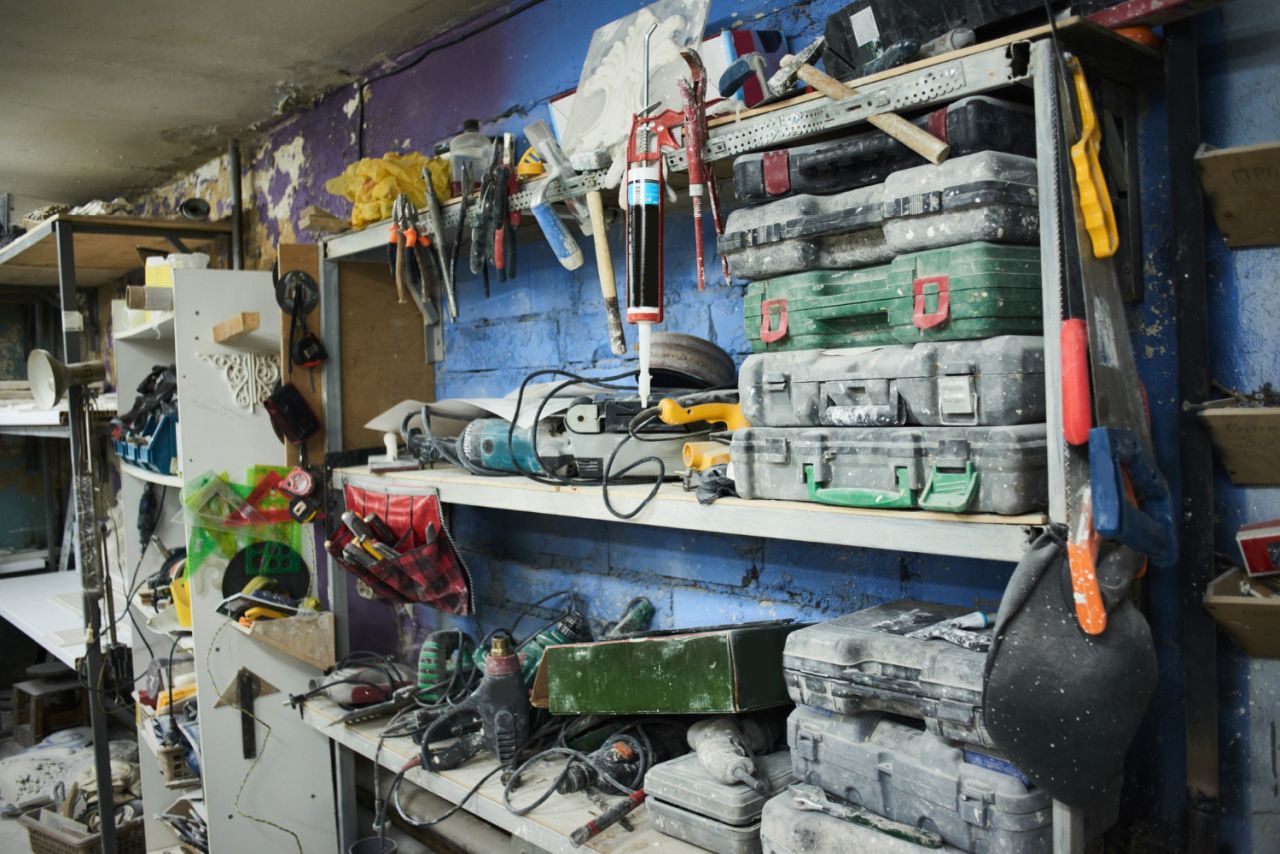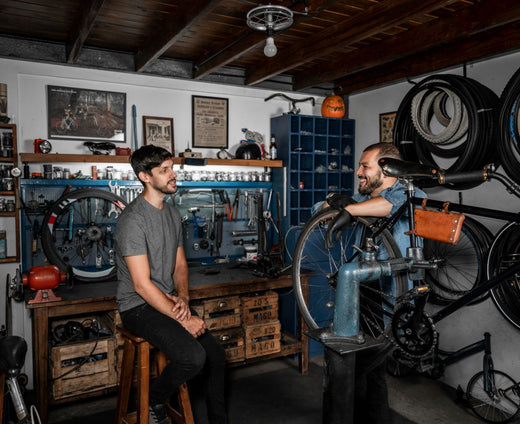A minimalist lifestyle is more than just removing physical items; it's about creating a clutter-free home, cultivating calm in your living space, and focusing on what genuinely brings value to your life.
This guide will walk you through some of the best decluttering tips for a minimalist lifestyle, covering everything from strategies for your entire house to tips for maintaining a clutter-free zone long-term.
Let's get straight to the point
A minimalist lifestyle creates a clutter-free, peaceful space focused on what truly adds value to your life. This guide offers top decluttering tips for a minimalist home, from setting clear goals and starting small to tackling cluttered hotspots like your garage or closet space.
Declutter room by room using strategies like the "Four-Box" method (Keep, Donate, Sell, Trash) and the "One-in-One-Out" rule to prevent clutter buildup. Simplify belongings by minimising material possessions and decluttering wardrobes, expired beauty products, and considering storage solutions for small homes to maximise space efficiently.
Regular decluttering sessions, maintaining clutter-free zones, and practising mindful purchasing help sustain a minimalist mindset. By following a realistic, room-by-room plan, you can avoid common mistakes, such as rushing or leaving flat surfaces cluttered. Implementing a vertical bike storage solution in your garage or organising with wall-mounted storage systems can enhance your decluttering efforts and keep your minimalist lifestyle intact.
Getting Started with Decluttering
1. Begin with a Clear Goal
Before you begin the decluttering process, take a few minutes to set a clear goal. Consider why you want to declutter—whether it’s to create a clutter-free space, live more minimally, or reduce stress from so much clutter. This will help you stay motivated throughout your journey.
2. Start Small
If you’re new to minimalism, it’s best to start decluttering in small areas. Begin with one drawer, a junk drawer, or even a few items in your closet. This approach makes the whole process manageable and allows you to focus without feeling overwhelmed.
Understanding Your Clutter
1. Identify Clutter Hotspots
Common clutter areas include flat surfaces like coffee tables, counters, and desks, where things tend to accumulate. Recognise these spaces and work on them first so they don’t become a source of stress.
2. Understand the Impact of “Too Much Stuff”
Having too much stuff can drain your mental energy, making it harder to focus on what truly matters. Clutter means more time spent cleaning, organising, and finding things, which can take away from other activities you might enjoy.
Decluttering Strategies for the Entire House
1. Tackle One Room at a Time
Decluttering your entire house can seem like a massive undertaking, but breaking it down by room helps you stay organised. Focus on one room per session, such as the bedroom, living room, or kitchen. This structure keeps you organised and makes sense for handling bigger areas.
2. Use the “Four-Box” Method
The “Four-Box” method involves sorting items into four categories: Keep, Donate, Sell, and Trash. This process works well when clearing out spaces with too many items, like closets, offices, or small house areas.
3. Try the “One-in-One-Out” Rule
To avoid accumulating more stuff, apply the “one-in-one-out” rule. Every time you bring a new item into your home, remove an existing one. This habit helps maintain a clutter-free home and prevents clutter from creeping back in.
Simplifying Your Belongings

1. Minimise Material Possessions
A minimalist lifestyle encourages living with only what you need. Look critically at your material possessions and decide what truly adds value. Objects that don’t serve a purpose or bring joy should be considered for donation or sale.
2. Declutter Clothes
Clothes are often a major source of clutter. Go through your wardrobe and ask yourself if each item is something you would wear regularly. Get rid of clothes that no longer fit, are out of style, or haven’t been worn in the past few months.
3. Sort Through Beauty Products and Expired Items
Bathroom cabinets and beauty products can quickly add up. Check expiration dates and discard expired products. Then, evaluate the items you use daily versus those that can be eliminated, creating a more functional space.
Overcoming Decluttering Challenges
1. Decluttering Sentimental Items
Letting go of items with sentimental value can be difficult. Start by deciding which ones have genuine meaning and consider whether they belong in your living space. For particularly sentimental items, a memory box can be a helpful alternative.
2. Enlist a Family Member for Support
A family member or close friend can help you make decisions objectively. They might provide a fresh perspective and help you determine which items genuinely add value to your life versus those that add unnecessary clutter.
3. Seek Inspiration from the Minimalist Community
Joining a minimalist community can be a powerful source of inspiration and support. Whether through social media, local groups, or online forums, sharing your decluttering mission can help keep you motivated.
Maintaining a Clutter-Free Home
1. Regular Decluttering Sessions
Decluttering isn’t a one-time task; it requires regular sessions to keep your space tidy. Scheduling a few minutes every month to reassess your belongings will keep clutter at bay and help you maintain a minimalist lifestyle.
2. Create a Clutter-Free Zone
Identify a clutter-free zone in your home—like your bedroom, a desk, or a reading corner—and prioritise keeping this area free from extra items. Maintaining one area free of distractions can create a calming effect and help sustain your efforts.
3. Manage Incoming Papers
Papers are notorious for piling up, especially on other flat surfaces like desks and kitchen counters. Set up a system for incoming papers, like a designated folder or drawer, and make it a habit to review them weekly.
Embracing a Minimalist Mindset
1. Focus on Experiences Over Things
Minimalism encourages valuing experiences over material goods. Instead of buying more items, try investing time and money into experiences that enrich your life, like travel, hobbies, or learning new skills.
2. Practise Mindful Purchasing
Be mindful when purchasing new items for your home. Ask yourself if they truly add value to your life or if they will only create more clutter. Practising mindful purchasing can reduce clutter and save money in the long run.
3. Reflect on Your Decluttering Journey
Reflect on how far you’ve come in your decluttering journey. Notice the positive changes in your well-being and overall space, and use these as motivation to continue on your minimalist path.
Common Decluttering Mistakes to Avoid
1. Rushing the Process
Trying to declutter too quickly can be overwhelming and may lead to frustration. Allow time for each step of the decluttering process, especially when going through sentimental items or areas with many belongings.
2. Not Having a Clear Plan
Without a plan, it’s easy to lose focus. Outline your goals and approach for each space in your home. This structured approach ensures that you’re tackling clutter efficiently.
3. Letting Flat Surfaces Accumulate Items
Flat surfaces like tables, desks, and counters are prone to clutter. Be mindful of these spaces and avoid using them as storage spots. Keeping flat surfaces clear can help maintain a visually tidy environment.
Creating a Decluttering Plan

1. Set a Realistic Timeline
A successful decluttering mission requires a realistic timeline. Decide on a manageable pace that allows you to cover each area in your house without feeling overwhelmed. Breaking up your plan into a few months makes the process more sustainable.
2. Identify Problem Areas in Each Room
For each room, identify the problem areas—whether an overflowing medicine cabinet, a crowded junk drawer, or an overloaded closet. Focus your decluttering efforts on these spots first for a quick win.
3. Use Trash Bags for Quick Cleanups
Keep trash bags on hand for items you know you’ll be discarding. Quickly placing unwanted items in trash bags makes it easier to get rid of them without second-guessing your decision.
4. Schedule Follow-Up Sessions
The decluttering journey doesn’t end once your home is tidy. Schedule regular follow-up sessions to reassess and clear out any accumulated items since your last decluttering mission.
Final Thoughts on Decluttering for a Minimalist Lifestyle
The journey toward minimalism and a clutter-free life is deeply personal and can be deeply rewarding. By adopting these decluttering tips for a minimalist lifestyle, you can create more space in your home, live minimally, and focus on what truly matters in life.
Maintaining a clutter-free home is an ongoing process, but with the right mindset and regular decluttering sessions, your living space can become a source of calm and joy.
Frequently Asked Questions
What Is the Best Way to Start Decluttering if I’m New to Minimalism?
Start small, such as focusing on a single drawer or shelf, and set clear goals for why you want to declutter. Begin with areas that frequently accumulate clutter, like junk drawers or flat surfaces, and gradually build up to larger spaces.
How Can I Avoid Bringing New Clutter Into My Home After Decluttering?
One effective approach is the "one-in-one-out" rule, which means that for every new item you bring into your home, you let go of an existing one. Mindful purchasing and regularly assessing belongings also help maintain a clutter-free environment.
What Are the Biggest Challenges When Decluttering Sentimental Items, and How Can I Overcome Them?
Sentimental items can be difficult to let go of. Start by identifying significant items and consider using a memory box for sentimental keepsakes. Involving a friend or family member for support can provide an objective perspective.
How Do I Keep My Home Clutter-Free Long-Term After Decluttering?
Schedule regular decluttering sessions to revisit areas where clutter tends to reappear. Create a dedicated clutter-free zone, and stay mindful of incoming items, particularly on flat surfaces and with papers. These habits make it easier to maintain a tidy home.





